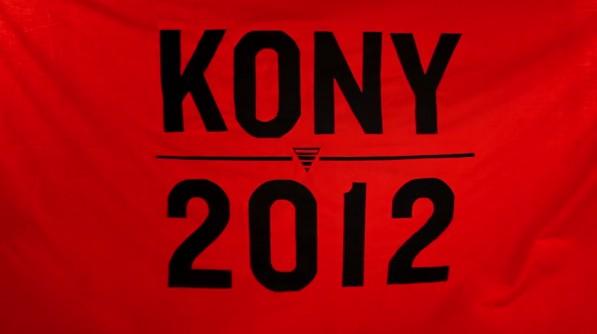Hundreds of students raced to their computers to share the viral “Kony 2012” video this past month. The 30-minute tearjerker, showing Ugandan children as victims of Joseph Kony’s Lord’s Resistance Army (LRA) forced to become child soldiers and even kill their own parents, garnered over 83 million views on YouTube in under a week, achieving Kony a spot on Yahoo’s top trending list rather than his well-deserved spot on a wanted list.
Although “Kony 2012” is a notable cause taken on by the advocacy group Invisible Children, it glorifies a problem in Uganda that pales in comparison to the over-arching problems African citizens are forced to face. The continent is plagued with numerous genocides, notoriously used child soldiers, and never-ending instability; however, taking down a Ugandan warlord, missing from the country for the past six years, seems to be more important and worthy of support from the public.
The issues presented in “Kony 2012” are those that were present in Uganda five years ago. Ugandan journalist Angelo Opi-aiya Izama told the New York Times, “To call the campaign a misrepresentation is an understatement. While it draws attention to the fact that Kony, indicted for war crimes by the International Criminal Court in 2005, is still on the loose, its portrayal of his alleged crimes in Northern Uganda are from a bygone era.”
The issue itself has been reduced to a level that can be spoon-fed to viewers through social media and advertising. “Kony 2012” demonstrated the power of social media in convincing users that “liking” a video can supposedly make a difference.
In a public viewing of the video in one of the villages worst affected by Kony’s offenses, Ugandans were shocked to see the abundance of paraphernalia related to the Kony cause.
One Ugandan man, who had been a victim of one of Kony’s abductions, even stated, “If people in those countries care about us, they will not wear T-shirts with pictures of Joseph Kony for any reason. That would celebrate our suffering.”
Some say that the video may cause more harm than good, considering that the victims of Kony have finally managed to rebuild their lives after eight long years.
Granted, the popularity of the video significantly affected the number of donations received; however, these donations went through Invisible Children, which kept 69 percent for itself using the money for transportation and advertising, and then the other 31 percent to the Ugandan military.
Thanks to to the power of social media (Facebook and Twitter in particular) thousands of likes and posts of the video made it viral in less than 24 hours. But, what does the spreading of this knowledge really achieve?
The video made millions feel like they could make a difference against a Ugandan warlord, instead of showing them the truth: This man is unstoppable, even considered missing from the lack of information given to the public.
The story of Kony distracts young people from more serious problems around the world. For instance, there is a lack of coverage in Syria that continues to leave hundreds dead or the military coup d’état that has ended a 20-year old democratic government in Mali.
While raising awareness of a tyrant like Kony is praiseworthy, but making people feel as if they can make a difference with a click or a small donation in such a matter is delusional.


























